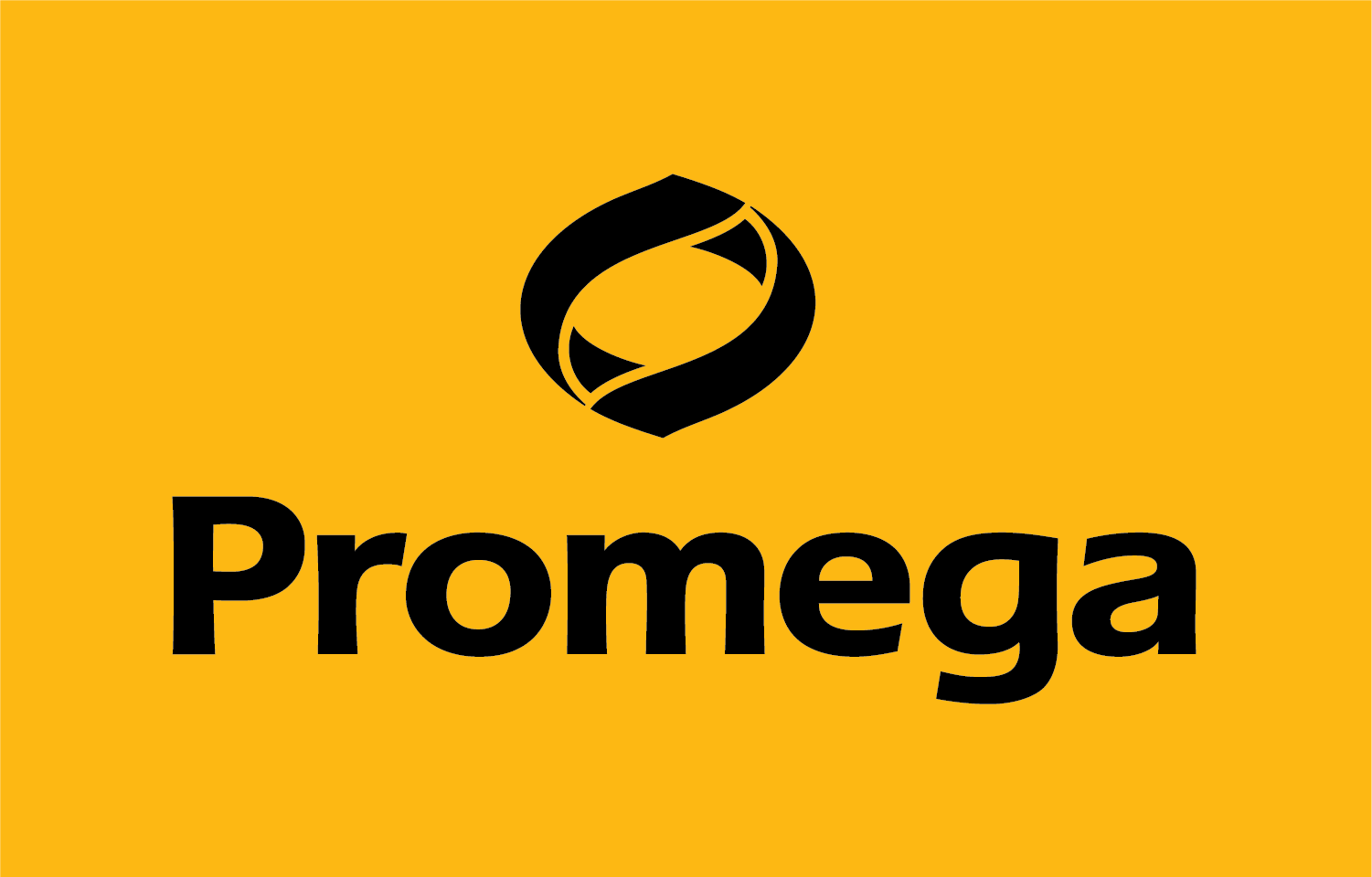Promega Plasmid Collection
Explore cutting-edge research tools from Promega — now available through Addgene. As a purpose-driven nonprofit, Addgene offers expert support, educational resources, and efficient material transfer solutions that help advance science while reducing operational complexity. This unique collection contains plasmids developed by Promega scientists and designed to streamline molecular and cellular biology experimental workflows. The collection contains luciferase reporter vectors for sensitive gene expression analysis and protein fusion vectors for detecting and tracking proteins using tags such as NanoLuc, HaloTag, SmBiT, and LgBiT.
Ordering & Availability
Plasmids from the Promega collection are available in two formats:
- pretransformed in bacteria as an agar stab
- 20 µg purified DNA in Tris buffer (500 ng/µL ± 25 ng/µL)
All plasmids in the collection are available to academic, nonprofit, and industry researchers under research use only (RUO) terms and do not require an MTA.
Pricing can be found on the individual product pages. Orders of the 20 µg DNA size are processed and shipped within 6–8 business days. For more information about the ordering process, check out our help center.
Plasmid Collection
Browse and sort the table below to find plasmids in the collection. For example, search by response element, reporter, protein, or tag, such as "NFAT", "luciferase", "Ras", "NanoLuc", "HaloTag", "BiT", or other terms. Or search the collection (Link opens in a new window) on Promega.com.
| ID | Plasmid | Description | Industry |
|---|
Plasmid Technology Overview
This collection includes specialized Promega technologies that support a range of applications. The technology includes NanoLuc, HaloTag, SmBiT, LgBiT, HiBiT, and more.
Luciferase Reporters
Luciferase(Link opens in a new window) reporter assays use light produced from an enzymatic reaction to measure subtle expression changes with high sensitivity. These assays are ideal for real-time monitoring of signaling pathways, investigating RNA regulation, tracking protein degradation, analyzing CRISPR-mediated gene editing outcomes, and conducting high-throughput screening in drug discovery.
NanoLuc Fusions
NanoLuc (Link opens in a new window) is a 19.1 kDa and exceptionally bright and stable luciferase that enables highly sensitive detection at endogenous expression levels. NanoLuc fusions are useful for both intracellular and extracellular applications where you want minimal disruption of endogenous protein expression and interactions, such as exploring viral biology without disturbing the virus of interest and monitoring endogenous protein dynamics in highly scalable assays.
HaloTag Fusions
HaloTag (Link opens in a new window) technology puts control of the function and properties of a fusion protein in your hands, thanks to interchangeable ligands. HaloTags form a covalent bond with these synthetic chemical ligands, which have been developed for special functions that vary from purification, visualization, and functional studies. You can even customize ligands for your specific purpose. HaloTag technology is optimized for various protein expression systems including E. coli, mammalian cells, and cell-free systems.
HiBiT Fusions
HiBiT is a small, multifunctional epitope tag enabling precise protein detection. It can be paired with LgBiT for bioluminescent assays or with the high-affinity anti-HiBiT antibody for additional detection options. HiBiT technology's exceptional dynamic range can detect low-abundance proteins at endogenous levels in lysates or live-cells, thus preserving physiological relevance.
NanoBiT Assays
NanoLuc Binary Technology (NanoBiT) (Link opens in a new window) is a structural complementation reporter system composed of a Large BiT (LgBiT; 18 kDa) subunit and a small complementary peptide, Small BiT (SmBiT; 11 amino acids). This system is ideal for protein:protein interaction (PPI) studies, where each protein of interest is fused to either LgBiT or SmBiT and expressed in live cells. When the two proteins interact, the subunits come together to form an active enzyme and generate a bright luminescent signal in the presence of a substrate. NanoBiT PPI assays enable kinetic, real-time analysis of protein interaction, association, and dissociation.
NanoBRET Assays
NanoBRET (Link opens in a new window) is an energy transfer technique designed to measure molecular proximity in living cells. NanoBRET PPI assays use NanoLuc Luciferase as a BRET energy donor and HaloTag protein, labeled with the NanoBRET 618 fluorophore, as the energy acceptor. Live-cell reagents allow you to detect PPI induction and inhibition in real time using full-length proteins or fragments. NanoBRET target engagement (TE) assays (Link opens in a new window) have a similar premise, but examine the proximity of a chemical compound and its target protein. The apparent affinity of test compounds is measured by competitive displacement of a NanoBRET tracer, reversibly bound to a NanoLuc luciferase-fusion protein expressed in cells.
Additional Resources
- Browse Addgene's Luciferase Plasmid Collection
- Explore other Promega plasmids available at Addgene
- Find additional information about luciferase reporter assays (Link opens in a new window) from Promega
- Read about NanoLuc technology (Link opens in a new window) from Promega
- Read about HaloTag technology (Link opens in a new window) from Promega
- Read about HiBiT technology (Link opens in a new window) from Promega
- Check out the Promega Connections (Link opens in a new window) blogs for technical tips and tools for genetic reporter assays (Link opens in a new window) and NanoBRET assays (Link opens in a new window)
NanoLuc®, HaloTag®, NanoBiT®, and NanoBRET® are Promega trademarks.
Content last reviewed on: 15 July 2025



